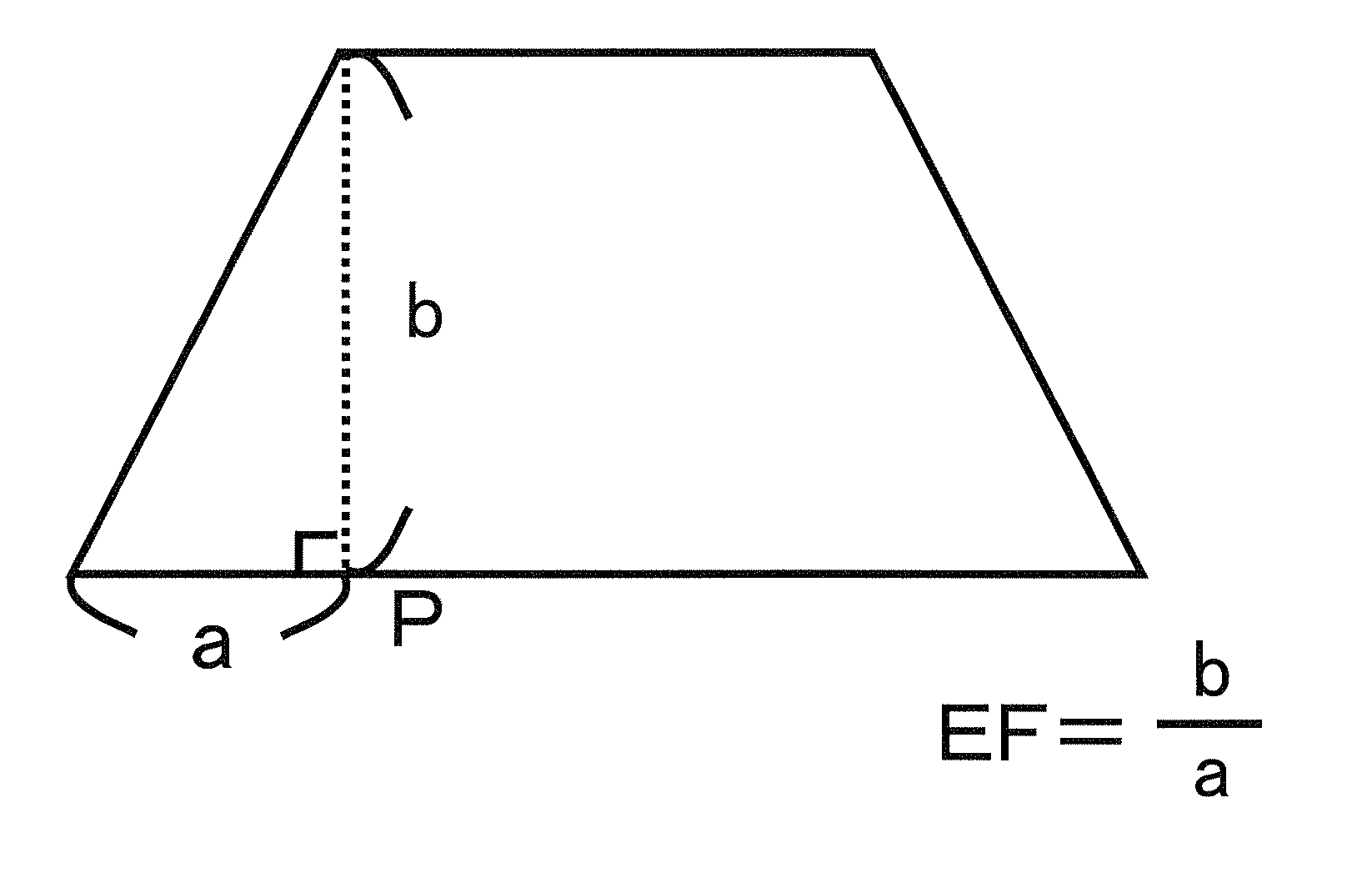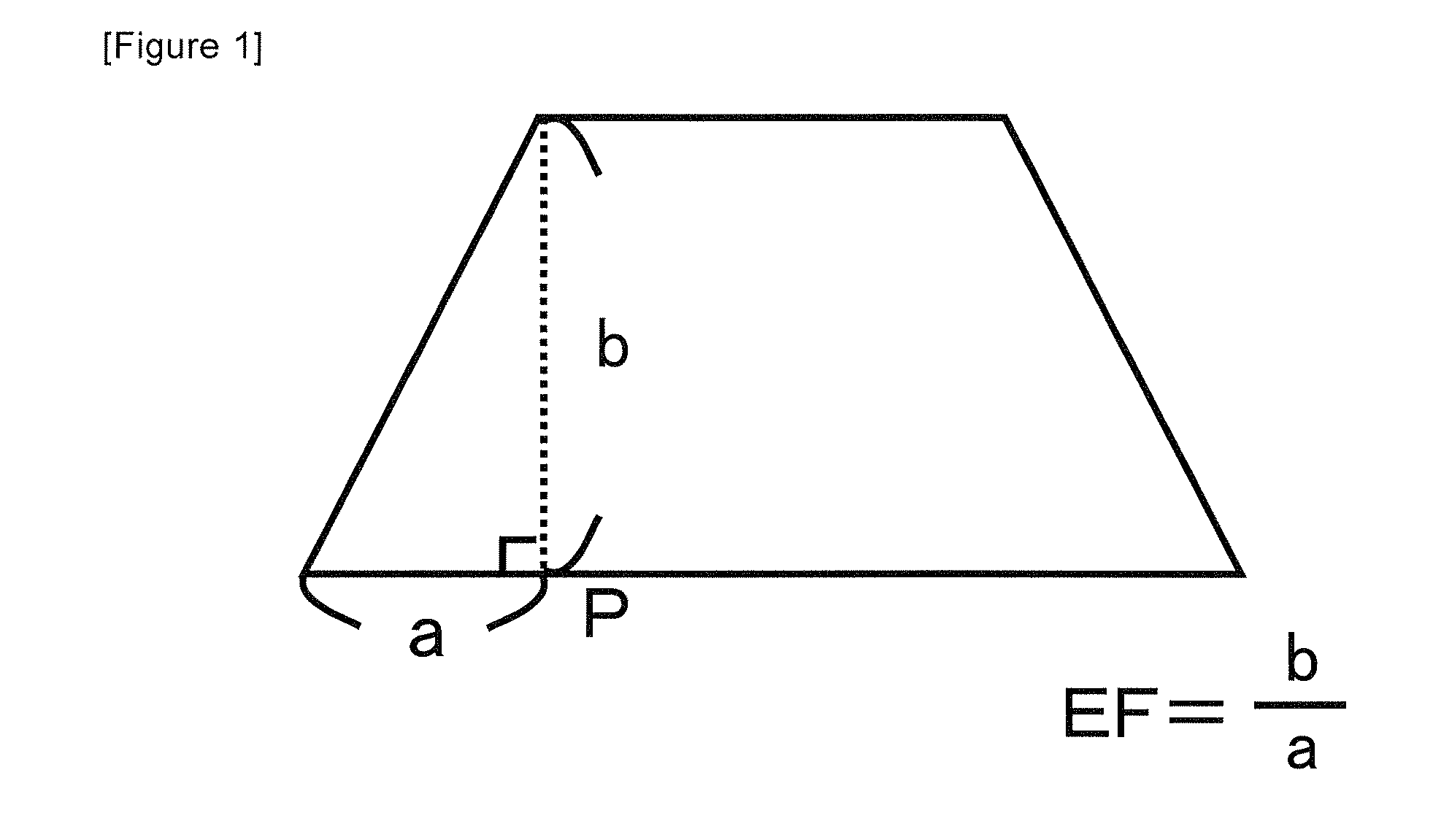Rolled Copper Foil or Electrolytic Copper Foil for Electronic Circuit, and Method of Forming Electronic Circuit Using Same
a technology of electrolytic copper foil and electronic circuit, which is applied in the direction of manufacturing tools, semiconductor/solid-state device details, transportation and packaging, etc., can solve the problems of copper circuit shortening, circuit not having the intended circuit width, and defective circuit, so as to shorten the time of forming circuit, prevent sagging, and inhibit oxidation
- Summary
- Abstract
- Description
- Claims
- Application Information
AI Technical Summary
Benefits of technology
Problems solved by technology
Method used
Image
Examples
example 1
[0164]An electrolytic copper foil of 5 μm was used. The surface roughness Rz of the electrolytic copper foil was 3 μm. Under the foregoing nickel-zinc alloy plating (part 1) conditions, a nickel-zinc alloy plated layer of 390 μg / dm2 was formed on the gloss (S) surface of the electrolytic copper foil.
[0165]As shown in Table 1, the nickel content was 350 μg / dm2 and the zinc content was 40 μg / dm2 in the nickel-zinc alloy plated layer. The nickel ratio was 90 wt %. The copper foil was bonded to a resin substrate with the adhesive surface opposite to the surface provided with the nickel-zinc alloy plated layer.
[0166]Subsequently, a circuit with 10 lines was printed with the process steps of resist coating and exposure, and etching treatment was further performed to remove any unwanted part of the copper foil. The etching conditions, circuit forming conditions, measurement conditions of the etching factor, and YAKE experiment were as follows.
(Etching Conditions)
[0167]Aqueous ferric chlori...
example 2
[0182]A rolled copper foil with a foil thickness of 18 μm was used. The surface roughness Rz of the rolled copper foil was 0.7 μm. Under the foregoing nickel-zinc alloy plating (part 2) conditions, a nickel-zinc alloy plated layer of 2150 μg / dm2 was formed on the rolled copper foil.
[0183]As shown in Table 1, the nickel content was 1500 μg / dm2 and the zinc content was 650 μg / dm2 in the nickel-zinc alloy plated layer. The nickel ratio was 70 wt %.
[0184]Moreover, the copper foil was bonded to a resin substrate with the adhesive surface opposite to the surface provided with the nickel-zinc alloy plated layer.
[0185]Subsequently, as with Example 1, a circuit with 10 lines was printed with the process steps of resist coating and exposure, and etching treatment was further performed to remove any unwanted part of the copper foil.
[0186]The etching conditions, measurement conditions of the etching factor, and YAKE experiment, but excluding the circuit forming conditions, were the same as Exam...
example 3
[0193]A rolled copper foil with a foil thickness of 18 μm was used. The surface roughness Rz of the rolled copper foil was 0.7 μm. Under the foregoing nickel-cobalt-zinc alloy plating conditions, a nickel-cobalt-zinc alloy plated layer was formed on the rolled copper foil. Here, the amount substituted with cobalt was 8% of the nickel amount based on nickel conversion.
[0194]As shown in Table 1, the nickel content was 2500 μg / dm2 and the zinc content was 300 μg / dm2 in the nickel-cobalt-zinc alloy layer. The nickel ratio was 89 wt %. This nickel ratio means a total amount of cobalt and nickel based on nickel conversion.
[0195]Moreover, the copper foil was bonded to a resin substrate with the adhesive surface opposite to the surface provided with the nickel-cobalt-zinc alloy plated layer.
[0196]Subsequently, as with Example 1, a circuit with 10 lines was printed with the process steps of resist coating and exposure, and etching treatment was further performed to remove any unwanted part o...
PUM
| Property | Measurement | Unit |
|---|---|---|
| inclination angle | aaaaa | aaaaa |
| inclination angle | aaaaa | aaaaa |
| inclination angle | aaaaa | aaaaa |
Abstract
Description
Claims
Application Information
 Login to View More
Login to View More - R&D
- Intellectual Property
- Life Sciences
- Materials
- Tech Scout
- Unparalleled Data Quality
- Higher Quality Content
- 60% Fewer Hallucinations
Browse by: Latest US Patents, China's latest patents, Technical Efficacy Thesaurus, Application Domain, Technology Topic, Popular Technical Reports.
© 2025 PatSnap. All rights reserved.Legal|Privacy policy|Modern Slavery Act Transparency Statement|Sitemap|About US| Contact US: help@patsnap.com


